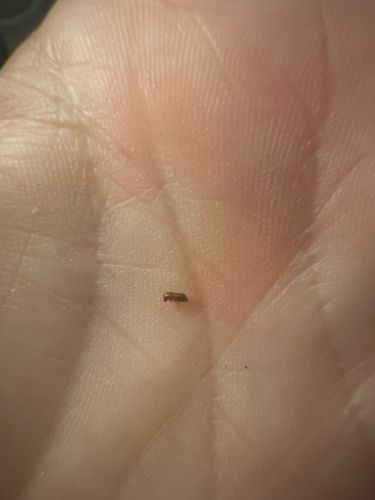Red Flour Beetle
Scientific Name: Tribolium castaneum
Order & Family: Order: Coleoptera, Family: Tenebrionidae
Size: Typically 3-5 mm (0.12-0.2 inches) in length.

Natural Habitat
Red flour beetles are common pantry pests found globally in human dwellings, food storage facilities, mills, bakeries, and grocery stores. They prefer warm, humid environments and are typically found within infested food items.
Diet & Feeding
The red flour beetle primarily feeds on a variety of stored dry food products, including grains, flour, cereals, pasta, nuts, dried fruits, spices, chocolate, and pet food. They cannot feed on whole, undamaged kernels but thrive on broken grains and processed food items.
Behavior Patterns
Flour beetles are highly active and exhibit rapid movement, particularly when disturbed. They are known to aggregate in food sources and can quickly infest stored products. Their lifecycle includes egg, larval, pupal, and adult stages, with larvae being particularly destructive as they feed voraciously. Adults can fly but usually prefer to crawl. They can survive long periods without food if humidity levels are adequate.
Risks & Benefits
Risks: Red flour beetles are significant pests of stored food products, causing contamination and damage to large quantities of food, leading to economic losses. Their presence can degrade the quality of food, impart an unpleasant odor and taste, and potentially cause allergic reactions in sensitive individuals due to insect fragments and excretions. Benefits: There are no significant known benefits of red flour beetles to humans or the ecosystem; they are almost exclusively considered pests.
Identified on: 8/10/2025